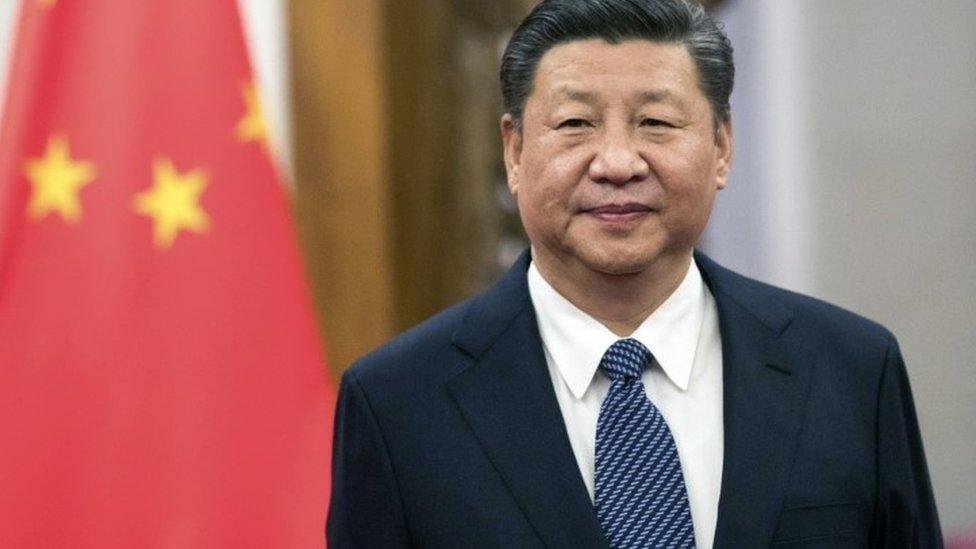- Courses
- GS Full Course 1 Year
- GS Full Course 2 Year
- GS Full Course 3 Year
- GS Full Course Till Selection
- Answer Alpha: Mains 2025 Mentorship
- MEP (Mains Enrichment Programme) Data, Facts
- Essay Target – 150+ Marks
- Online Program
- GS Recorded Course
- Polity
- Geography
- Economy
- Ancient, Medieval and Art & Culture AMAC
- Modern India, Post Independence & World History
- Environment
- Governance
- Science & Technology
- International Relations and Internal Security
- Disaster Management
- Ethics
- NCERT Current Affairs
- Indian Society and Social Issue
- NCERT- Science and Technology
- NCERT - Geography
- NCERT - Ancient History
- NCERT- World History
- NCERT Modern History
- CSAT
- 5 LAYERED ARJUNA Mentorship
- Public Administration Optional
- ABOUT US
- OUR TOPPERS
- TEST SERIES
- FREE STUDY MATERIAL
- VIDEOS
- CONTACT US
Controversy Over the Three-Language Formula
Controversy Over the Three-Language Formula
17-03-2025

- The Union Government has withheld ₹2,152 crore in funds under the Samagra Shiksha Scheme to Tamil Nadu, citing the State’s refusal to implement the Three-Language Formula under the National Education Policy (NEP) 2020.
- Tamil Nadu adheres to a Two-Language Policy (Tamil and English) and perceives the three-language policy as a form of Hindi imposition and a threat to its linguistic and cultural identity.
What is the Three-Language Formula?
Evolution of Policy
- 1948-49: University Education Commission (Radhakrishnan Commission) recommended multilingual learning.
- 1964-66: Kothari Commission proposed the Three-Language Formula.
- NEP 1968: First formal incorporation of the formula.
- NEP 1986 & 1992: Retained the formula.
- NEP 2020: Reiterated the formula with greater flexibility and no imposition of Hindi.
Key Features (NEP 2020)
- Students to learn three languages, two of which must be native to India.
- Languages to be decided by States, regions, and students.
- No mandatory imposition of any language, including Hindi.
- Emphasis on mother tongue/home language as the medium of instruction till Grade 5, preferably till Grade 8.
- Sanskrit promoted as an optional language.
Significance of the Three-Language Formula
- Multilingualism: Enhances communication and cultural understanding.
- National Integration: Bridges regional linguistic divides.
- Global Competence: Balances Indian languages with global link language (English).
- Cognitive Benefits: Studies support improved learning outcomes through mother tongue instruction.
Concerns and Challenges
- Cognitive Burden:
ASER surveys indicate poor reading and comprehension levels among students:- 60% of Class V students can't read Class II level texts.
- 25% of youth (14-18 years) can't fluently read a Class II level text in regional languages.
- 40% of this group can't read basic English sentences.
- Poor Past Implementation: Earlier formula saw uneven application across states, with Sanskrit often prioritised over modern Indian languages.
- Perceived Hindi Imposition: Non-Hindi states like Tamil Nadu see the policy as an indirect push for Hindi dominance.
- Cultural Resistance: Regional languages feel threatened.
- Teacher Shortage: Scarcity of trained language teachers, especially for non-Hindi Indian languages.
- Funding Challenges states bear 85% of expenditure on elementary education; the Centre only contributes 15%.
- Combined Centre-State education spending remains below NEP’s target of 6% of GDP, currently around 4-4.5%.
Census Data on Multilingualism
Trends show increasing multilingualism due to urbanisation and migration. |
What are constitutional provisions?
- The Constitution provides that Hindi is the official language of the Union.
- English was originally meant to continue as the official language for 15 years from the commencement of the Constitution (till 1965).
- However, the Official Languages Act, 1963 provides for the continued use of English, in addition to Hindi, for all official purposes of the Union without any time limit.
- The legislature of a State may adopt any one or more of the languages in use in the State or Hindi as the official language(s) for official purposes of that State.
- Further, the Constitution provides that it shall be the duty of the Union to promote the spread of the Hindi language so that it may serve as a medium of expression for all the elements of the composite culture of India.
Way Forward
- Constructive Dialogue: The Centre and Tamil Nadu must engage to resolve concerns without disrupting funding.
- Flexible Implementation: Let States choose languages based on local needs.
- Resource Support: Improve infrastructure and teacher availability for language learning.
- Focus on Core Learning: Prioritise mother tongue and English proficiency, alongside foundational numeracy and literacy.
- Decentralised Approach: Give more autonomy to States in education policy formulation.
While the three-language policy aims to promote linguistic unity and national integration, its implementation must be sensitive to regional identities, resource constraints, and pedagogical realities. The ultimate goal should be functional multilingualism without imposing uniformity.
25th anniversary of International Mother Language Day
|
|
Also Read |
|
| FREE NIOS Books | |




